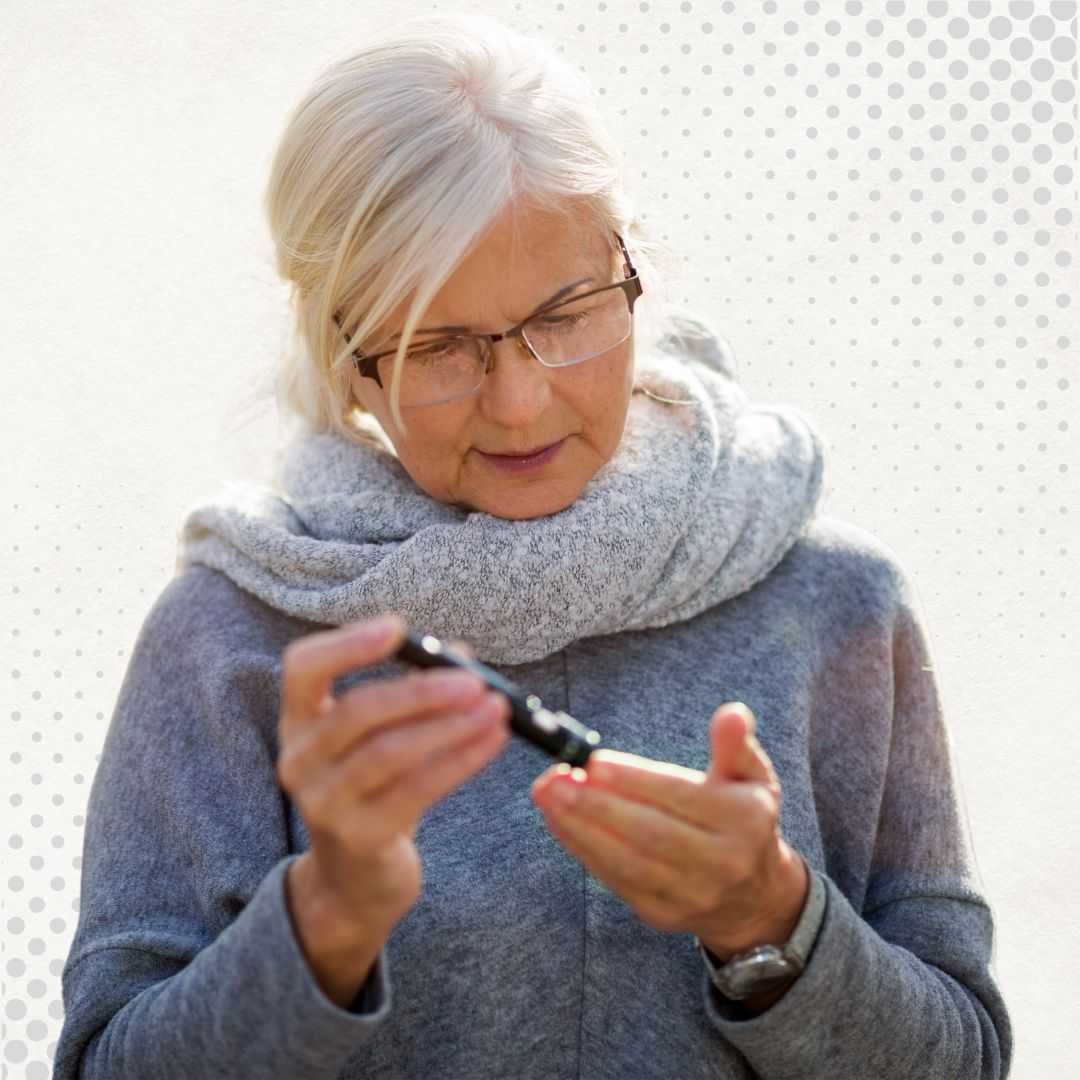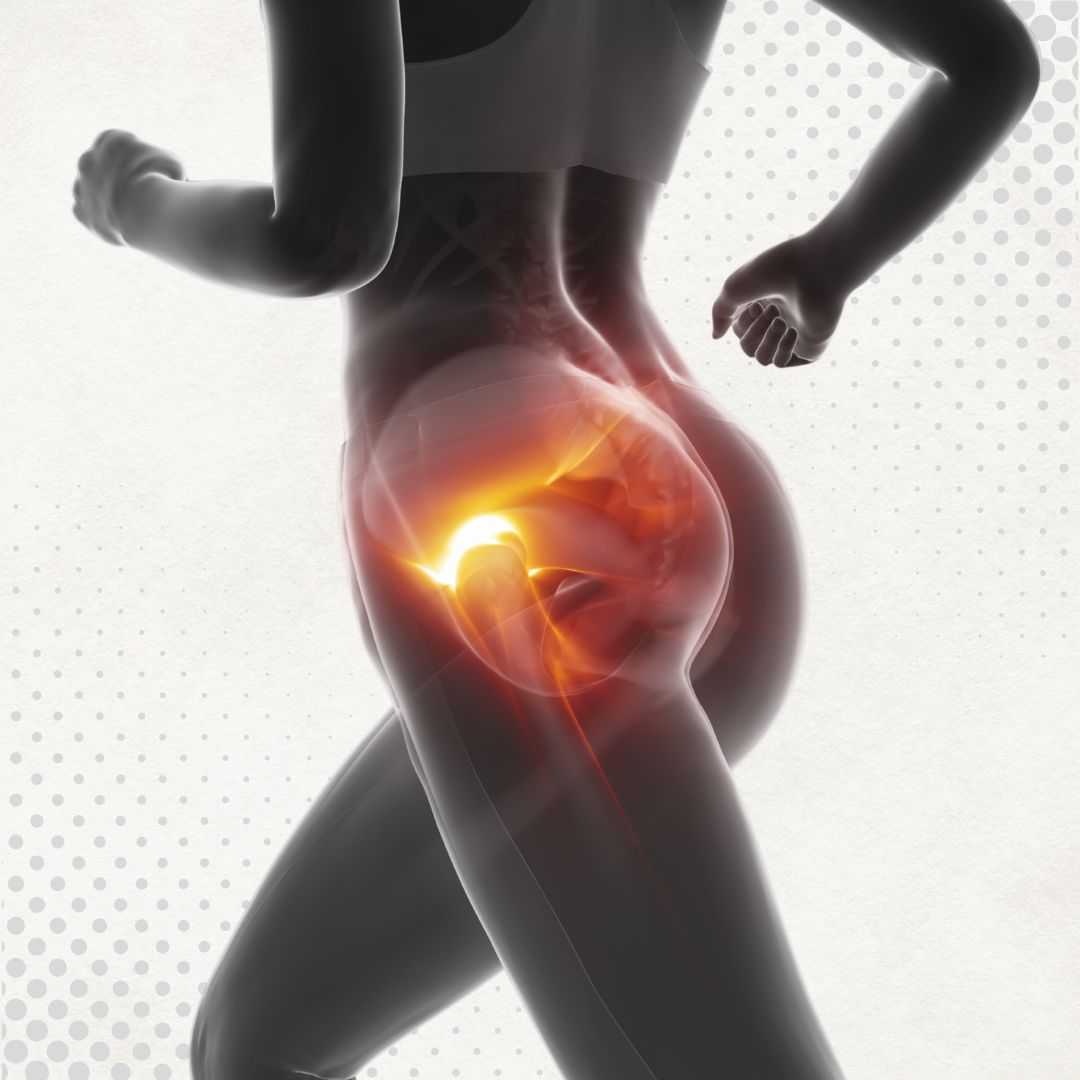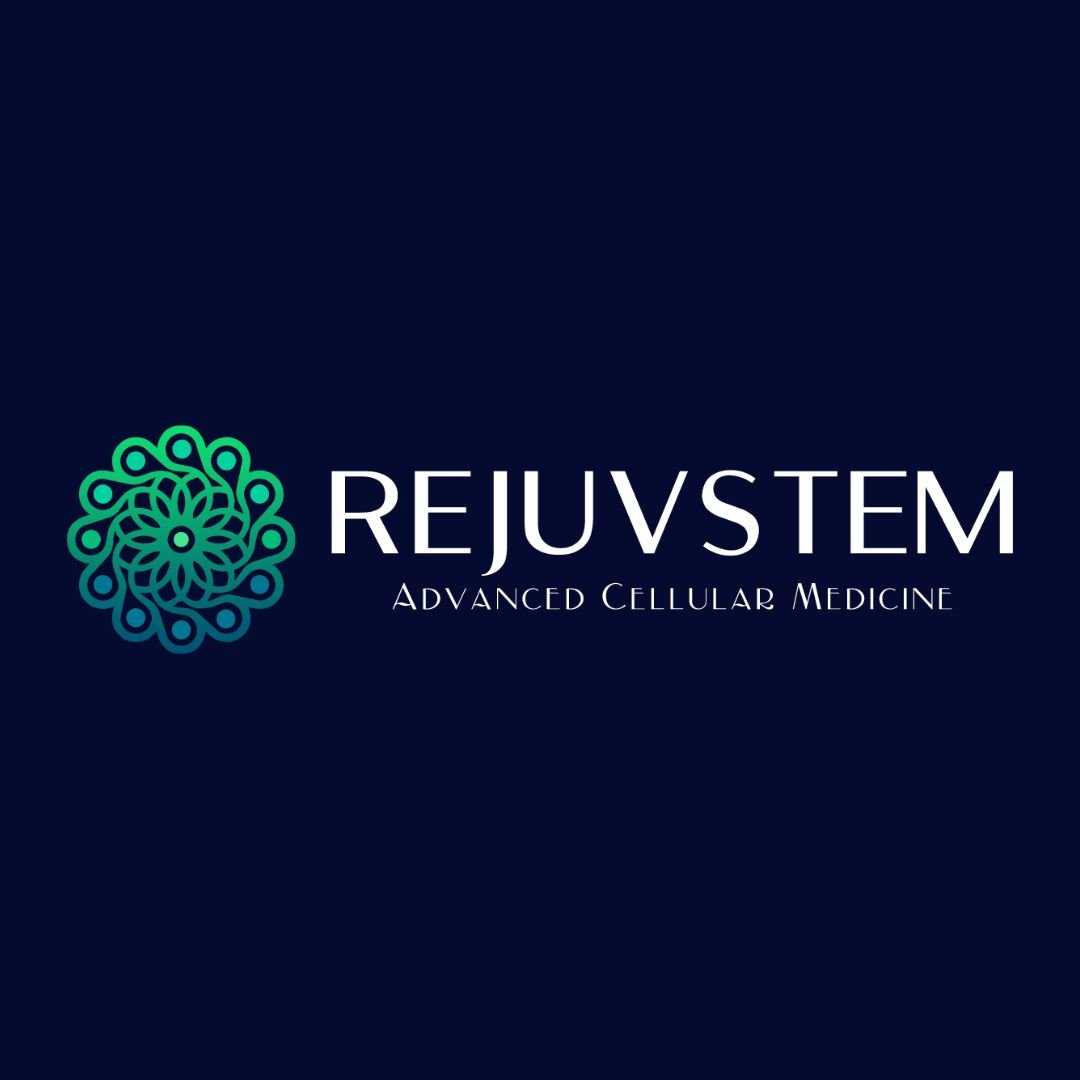Average Cost of Stem Cell Therapy for Spinal Stenosis in Mexico
.jpg)
Understanding the financial aspect of medical treatments is always a primary concern, especially for innovative therapies like stem cell treatment for spinal stenosis. Many individuals suffering from chronic back pain and mobility issues due to spinal stenosis are exploring options beyond conventional surgery or long-term medication, and Mexico has emerged as a leading destination for advanced stem cell therapies. The country offers a compelling combination of experienced medical professionals, state-of-the-art facilities, and often more accessible pricing.
This blog post aims to shed light on the costs associated with stem cell therapy for spinal stenosis in Mexico, providing a clear breakdown of what you can expect. We'll delve into the factors that influence pricing, the various types of treatments available, and address common questions related to the procedure and choosing a reputable clinic. If you're considering stem cell therapy as a potential solution for your spinal stenosis, understanding these details is a crucial first step toward making an informed decision.
What factors influence the cost of stem cell therapy for spinal stenosis in Mexico?
Several key factors contribute to the overall price tag of stem cell therapy for spinal stenosis in Mexico. Understanding these variables can help you better anticipate the expenses involved and compare different treatment packages effectively. It's not a one-size-fits-all cost, as each patient's situation is unique.
Primarily, the type and source of stem cells play a significant role. Treatments using mesenchymal stem cells (MSCs) derived from umbilical cord tissue, adipose tissue (fat), or bone marrow can have different price points due to harvesting methods, processing, and cell potency. The number of stem cell injections or applications required, often determined by the severity and extent of your spinal stenosis, will also directly impact the total cost. More extensive or multiple treatments naturally lead to higher expenses.
Furthermore, the reputation and experience of the clinic and its medical team are crucial. Established clinics with advanced technology, highly qualified specialists, and a strong track record of successful outcomes may charge more. Additional services, such as initial consultations, diagnostic tests (e.g., MRI scans), post-procedure care, follow-up appointments, and sometimes even local transportation or accommodation assistance, can also be bundled into the overall price, so it's essential to clarify what's included.
Is stem cell therapy for spinal stenosis effective?
Stem cell therapy offers a promising alternative for individuals suffering from spinal stenosis, a condition where the spinal canal narrows, compressing nerves and causing pain, numbness, and weakness. The goal of stem cell therapy is not just to manage symptoms but to potentially repair damaged tissues and reduce the underlying inflammation contributing to the condition.
The mechanism involves injecting concentrated stem cells into the affected areas of the spine. These cells have regenerative properties, meaning they can differentiate into various cell types, such as cartilage, bone, or disc tissue, and release growth factors that stimulate natural healing processes. They also possess powerful anti-inflammatory and immunomodulatory properties, which can help alleviate nerve compression and reduce pain.
Patients often seek this therapy when conventional treatments like physical therapy, medication, or even surgery have not provided sufficient relief. Many individuals who have undergone stem cell therapy for spinal stenosis report positive outcomes, including a decrease in chronic pain, improved range of motion, and a return to activities they once enjoyed. However, individual results can vary, and it's important to have realistic expectations and discuss potential outcomes with your doctor.
What types of stem cells are used for spinal stenosis treatment in Mexico?
The choice of stem cell source is a critical aspect of spinal stenosis treatment, as different types of stem cells have varying characteristics and applications. Mexican clinics typically specialize in certain types of stem cells based on their expertise and available technology.
- Mesenchymal Stem Cells (MSCs): These are the most widely used type of stem cells for orthopedic and degenerative conditions like spinal stenosis. MSCs are multipotent, meaning they can differentiate into various cell types, including bone, cartilage, muscle, and fat cells. They also secrete growth factors and anti-inflammatory molecules that promote healing and reduce pain.
- Umbilical Cord Stem Cells: Often considered "younger" and more potent, these allogeneic (donor-derived) MSCs are harvested from donated umbilical cords after healthy births. They are typically abundant, highly proliferative, and have low immunogenicity, meaning they are less likely to be rejected by the recipient's body. They do not require harvesting from the patient, simplifying the procedure.
- Adipose-Derived Stem Cells (ADSCs): These autologous (patient's own) stem cells are harvested from the patient's fat tissue, usually through a mini-liposuction procedure. ADSCs are relatively easy to obtain in large quantities and are known for their regenerative potential and ability to modulate inflammation.
- Bone Marrow Aspirate Concentrate (BMAC): Also autologous, BMAC involves extracting bone marrow, typically from the hip bone, and concentrating the stem cells and growth factors present in it. This concentrate is then injected back into the patient. BMAC is rich in MSCs and other progenitor cells that support tissue repair.
The selection of the stem cell type will depend on the patient's overall health, the severity of their condition, and the specific protocols of the treating clinic. Each source has its advantages and considerations regarding harvesting, processing, and therapeutic potential.
What does the stem cell therapy procedure for spinal stenosis involve?
The process of receiving stem cell therapy for spinal stenosis is usually well-structured, involving several key stages designed to ensure safety and effectiveness. While specific protocols can vary slightly between clinics and based on the type of stem cells used, the general steps remain consistent.
It begins with a comprehensive consultation and evaluation by the medical team. This includes a thorough review of your medical history, physical examination, and analysis of diagnostic images such as MRI or CT scans to precisely identify the affected areas of spinal stenosis. This initial assessment is crucial for determining if you are a suitable candidate for the therapy and for tailoring a personalized treatment plan.
If autologous stem cells (from your own body) are used, the next step is the harvesting procedure. For adipose-derived stem cells, a small amount of fat is typically removed from the abdomen or flank via a mini-liposuction. For bone marrow aspirate concentrate, bone marrow is extracted from the iliac crest (hip bone). These harvested cells are then carefully processed in a specialized laboratory to concentrate the stem cells, preparing them for injection. If allogeneic stem cells (like umbilical cord-derived MSCs) are used, this harvesting step is not required.
Finally, the concentrated stem cells are precisely injected into the target areas of the spine, which might include epidural space, facet joints, or damaged discs. This injection is often performed under fluoroscopic (X-ray) or ultrasound guidance to ensure accurate placement and maximize therapeutic benefit. The procedure is typically minimally invasive, often performed on an outpatient basis, and patients can usually return home the same day.
How long is the recovery period after stem cell therapy for spinal stenosis?
One of the appealing aspects of stem cell therapy is its minimally invasive nature, which often translates to a relatively quick initial recovery compared to surgical interventions. Immediately following the procedure, patients might experience some mild soreness, bruising, or swelling at the injection site, which usually subsides within a few days.
Patients are typically advised to rest and avoid strenuous activities for the first 24-48 hours. Light activities, such as walking, can usually be resumed shortly thereafter. However, it's important to follow your doctor's specific post-treatment instructions, which may include avoiding heavy lifting, high-impact exercises, or certain medications that could interfere with the healing process.
While the initial recovery from the procedure itself is quick, the biological process of tissue regeneration and inflammation reduction takes time. Patients often begin to notice improvements in their symptoms, such as reduced pain and increased mobility, within a few weeks to a couple of months, with continued improvement over six months to a year. Physical therapy or specific exercises may be recommended as part of a comprehensive recovery plan to optimize results.
Why choose Mexico for stem cell therapy for spinal stenosis?
Mexico has become a leading hub for medical tourism, particularly for advanced and regenerative therapies like stem cell treatment. Several compelling reasons draw international patients seeking relief from spinal stenosis to clinics south of the border.
Firstly, cost-effectiveness is a major driver. The price of stem cell therapy in Mexico can be considerably lower than in countries like the United States, Canada, or Europe, often representing savings of 50% or more, even when accounting for travel and accommodation. This makes innovative treatments more accessible to a wider range of patients who might otherwise be unable to afford them.
Secondly, Mexico boasts a growing number of modern medical facilities equipped with cutting-edge technology and staffed by highly skilled doctors and specialists. Many of these professionals have received training in the U.S. or Europe and are experienced in performing complex regenerative procedures. The country's medical tourism sector is well-developed, with clinics often providing comprehensive services tailored to international patients, including English-speaking staff and logistical support.
Lastly, while regulatory frameworks exist, some aspects of stem cell research and application in Mexico are perceived as less restrictive than in some other nations, allowing for the faster adoption of promising therapies. This environment, combined with the factors above, makes Mexico an attractive option for those exploring alternative treatments for chronic conditions like spinal stenosis.
Are Mexican clinics regulated for stem cell therapy?
The regulation of stem cell therapy is a significant concern for patients, and rightfully so. In Mexico, the primary regulatory body overseeing healthcare facilities and treatments, including stem cell therapies, is the Federal Commission for the Protection against Sanitary Risks (Cofepris). Cofepris is responsible for issuing licenses, monitoring medical practices, and ensuring that health products and services meet national standards.
Reputable clinics in Mexico that offer stem cell therapy for spinal stenosis operate under the guidelines set forth by Cofepris. They must adhere to strict protocols regarding the sourcing, processing, and administration of stem cells, ensuring patient safety and treatment efficacy. These clinics often have state-of-the-art laboratories that comply with Good Manufacturing Practices (GMP) and Good Laboratory Practices (GLP).
However, as with any medical tourism destination, it is paramount for patients to conduct thorough due diligence. Verifying a clinic's licensing, accreditation, and the qualifications of its medical staff is essential. Asking for proof of regulatory compliance and patient testimonials can help ensure you are choosing a legitimate and safe provider for your stem cell treatment in Mexico.
What are the benefits of stem cell therapy for spinal stenosis?
For individuals struggling with the debilitating symptoms of spinal stenosis, stem cell therapy offers a range of potential benefits that can significantly improve their quality of life. Unlike traditional treatments that often focus solely on symptom management or involve invasive surgery, stem cell therapy aims to address the root causes of the condition.
One of the most immediate and impactful benefits reported by patients is a significant reduction in chronic pain. By reducing inflammation and potentially repairing damaged nerve and disc tissue, stem cells can alleviate the pressure on spinal nerves, which is the primary source of pain, numbness, and tingling associated with spinal stenosis. This can lead to a decreased reliance on pain medications, improving overall well-being and reducing potential side effects from long-term drug use.
Furthermore, stem cell therapy can contribute to improved spinal mobility and function. As inflammation subsides and tissues regenerate, patients often experience an increased range of motion, allowing them to participate in activities they previously found difficult or impossible. This regenerative potential offers a more holistic healing approach, fostering natural repair mechanisms within the body. Being a minimally invasive procedure, it also avoids the risks and prolonged recovery associated with spinal surgery, making it an attractive option for many.
What are the potential risks and side effects of stem cell therapy for spinal stenosis?
While stem cell therapy is generally considered safe, particularly with proper medical oversight, it's essential to be aware of potential risks and side effects, as with any medical procedure. Most side effects are minor and temporary, but understanding them can help patients make informed decisions and prepare for their treatment.
The most common side effects are usually localized to the injection site. These can include temporary pain, soreness, bruising, or swelling. In cases where autologous cells (from the patient's own body) are harvested, there might also be discomfort or minor complications at the donor site, such as the hip for bone marrow aspirate or the abdomen for adipose tissue. These typically resolve within a few days.
More serious, though rare, risks can include infection, bleeding, or nerve damage from the injection itself. There's also a theoretical, albeit very low, risk of adverse immune reactions, especially with allogeneic (donor) cells, though mesenchymal stem cells are known for their low immunogenicity. Choosing a reputable clinic that follows strict sterile protocols and uses image guidance for injections significantly mitigates these risks. Discussing all potential complications with your doctor before treatment is crucial.
How to find a reputable clinic in Mexico for stem cell therapy for spinal stenosis?
Selecting the right clinic is perhaps the most critical step when considering stem cell therapy for spinal stenosis in Mexico. With the growing popularity of medical tourism, it's vital to differentiate between legitimate, high-quality providers and those that may not meet rigorous standards.
Start by researching clinics that specialize in regenerative medicine and specifically treat spinal conditions. Verify their licensing with Cofepris, Mexico's federal health authority. A reputable clinic will be transparent about its regulatory compliance and accreditations. Look for clinics that employ board-certified physicians with extensive experience in stem cell applications for spinal stenosis, ideally with affiliations to reputable medical institutions.
Furthermore, pay attention to the clinic's transparency regarding treatment protocols, the source of their stem cells, and detailed pricing. They should provide a clear breakdown of costs and what is included in the package. Seek out patient testimonials, reviews, and success stories, but also be realistic about individual outcomes. Finally, a good clinic will offer thorough pre-treatment evaluations, explain the procedure in detail, and provide comprehensive post-treatment follow-up and support, ensuring continuity of care. Don't hesitate to ask questions and seek multiple opinions before making your decision.
If you are exploring stem cell therapy for spinal stenosis or other innovative healthcare solutions, PlacidWay can help guide you through your options. Visit PlacidWay to connect with leading clinics and specialists worldwide, ensuring you receive the care you deserve.


.png)














Share this listing